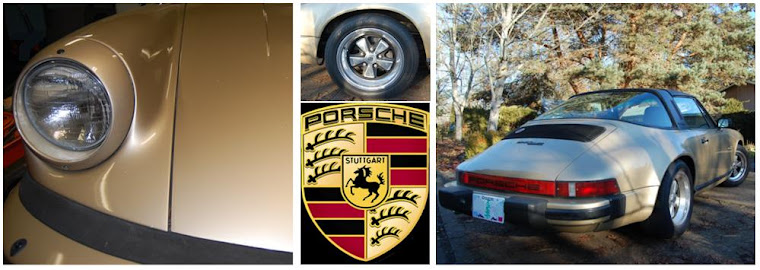When current passes through the coils, a magnetic field develops, and the armature and motor shaft rotate until the magnetic field in the armature aligns with the fields in the stator. The electric motor will not continue to spin unless the magnetic fields change. The current flow in the coils must be reversed. This switching process is done mechanically inside the motor. Electricity flows to the armature coils through brushes that are pressed against a cylinder (commutator) that is composed of electrically isolated segments. Each segment is electrically connected to the armature coil. As different segments of the commuter come into contact with the brushes as the motor shaft rotates, the current in the coil changes in a way that the magnetic field in the motor advances. The motor shaft will contiue to chase the moving magnetic field, allowing the motor to continuously spin.
The electric motor is capable of drawing over 1000 amps of current, so it is important that the brushes make good electrical contact with the commutator to minimize electrical resistance and heat problems. The brush seating process entails operating the motor without a load at a relatively low 12 volts, for 40 hours to finely shape the brushes against the commutator.
 |
| The electric motor is strapped down securely for seating the brushes with a 12 volt run-in procedure. |


No comments:
Post a Comment